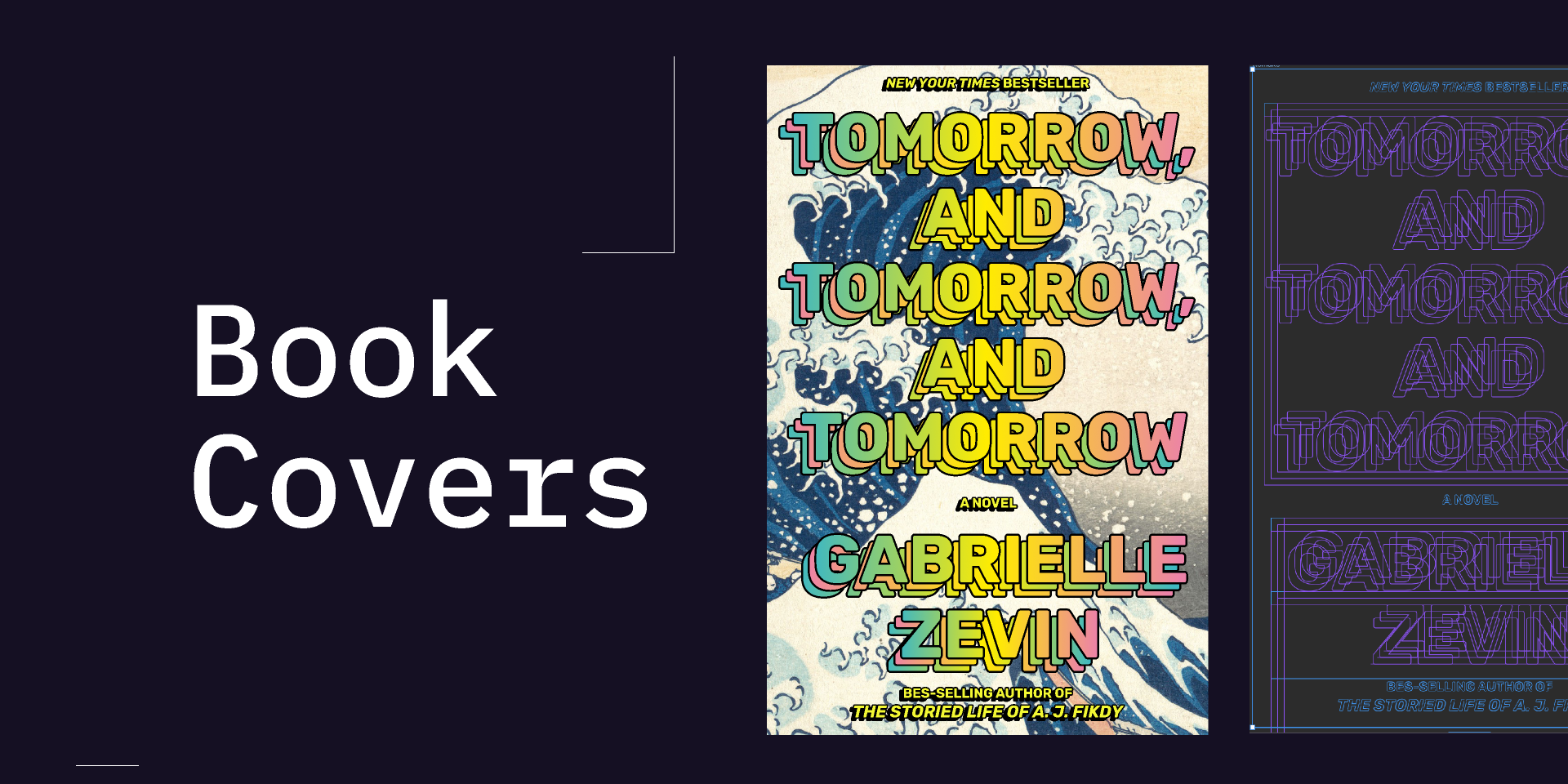
When creating book covers, Figma has a number of benefits to offer:
Collaborative Design: Figma facilitates collaborative design for book covers, offering advantages akin to those of movie posters. The ability for multiple team members to work on the cover at once streamlines the design process and enables real-time iteration and feedback.
Template Availability: There are a ton of book cover templates available in the Figma community, with a variety of styles and designs to pick from. Designers can use these templates as a starting point and modify them to fit the particular requirements of the book.
High-fidelity mockups: Using Figma to design book covers enables the production of high-fidelity mockups. Designers can include complex elements and textures with Figma’s powerful design tools and features, guaranteeing that the finished cover faithfully captures the spirit of the book.
Cross-Platform Compatibility: Figma makes sure that book covers made on the platform display well on different types of devices and platforms. Through the use of high-resolution photographs and adherence to design best practices, designers can guarantee quality and consistency for both print and digital platforms.
Effective Publishing: Figma streamlines operations and reduces errors in the book cover publishing process. The seamless transition from design to publication can be facilitated by designers working in tandem with publishers and authors.
Encouraging and expert book cover design may be achieved with Figma thanks to its collaborative features, cross-platform interoperability, high-fidelity mockups, template availability, and effective publishing options.
Disclosure: This post may contain affiliate links, meaning I get a commission if you decide to make a purchase through my links, at no cost to you.
